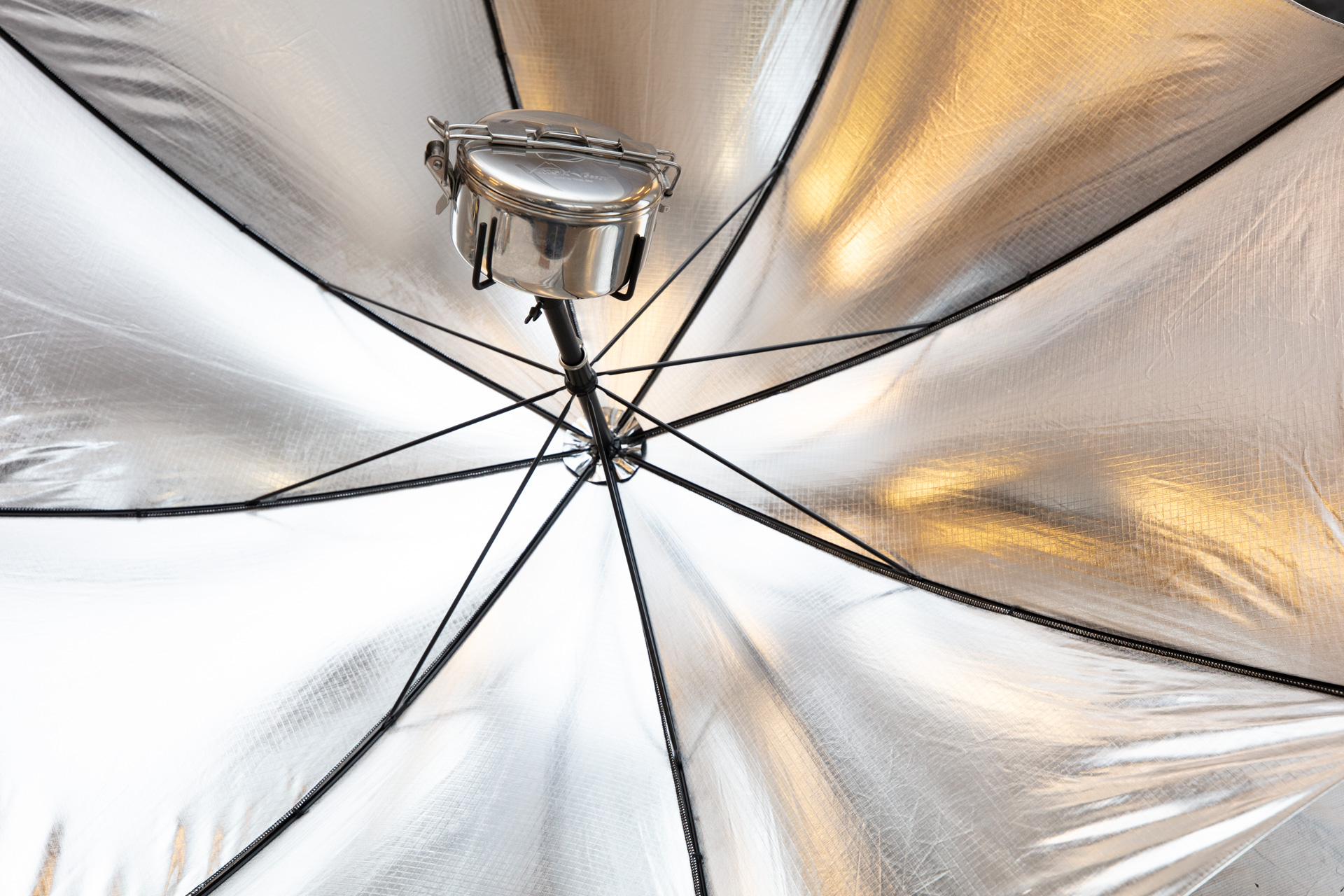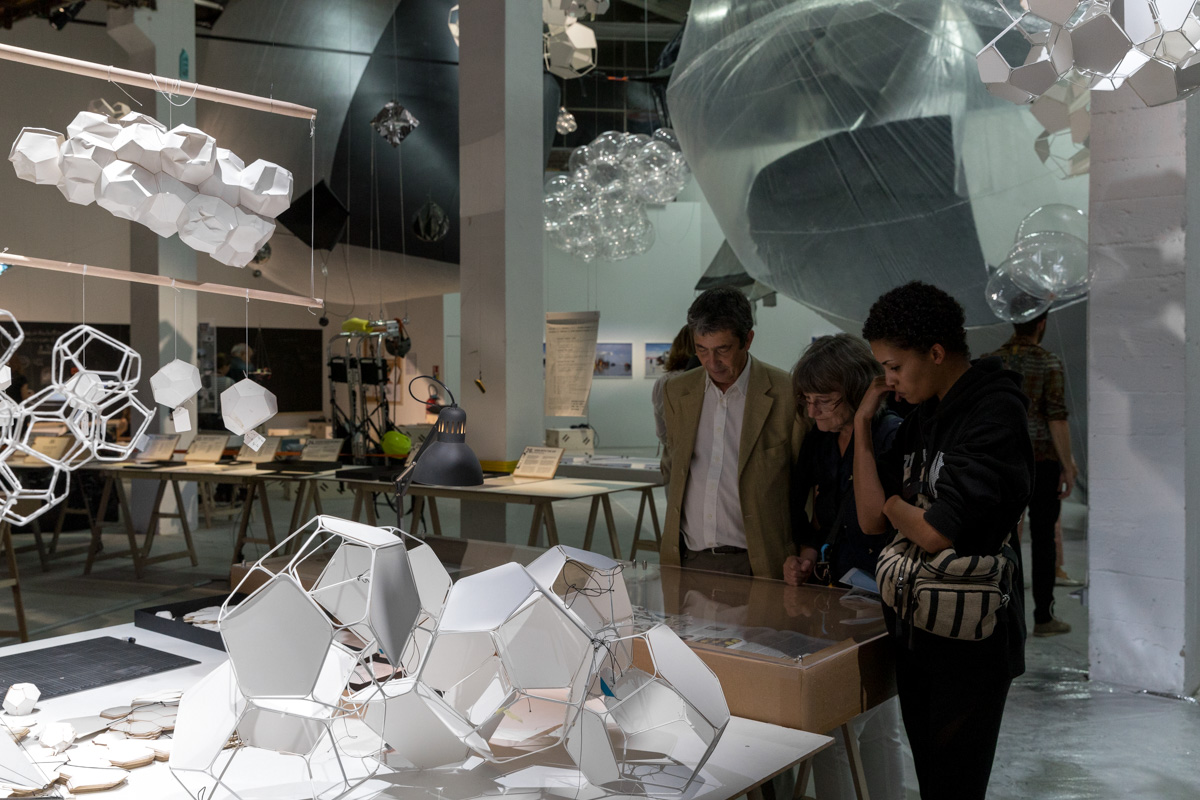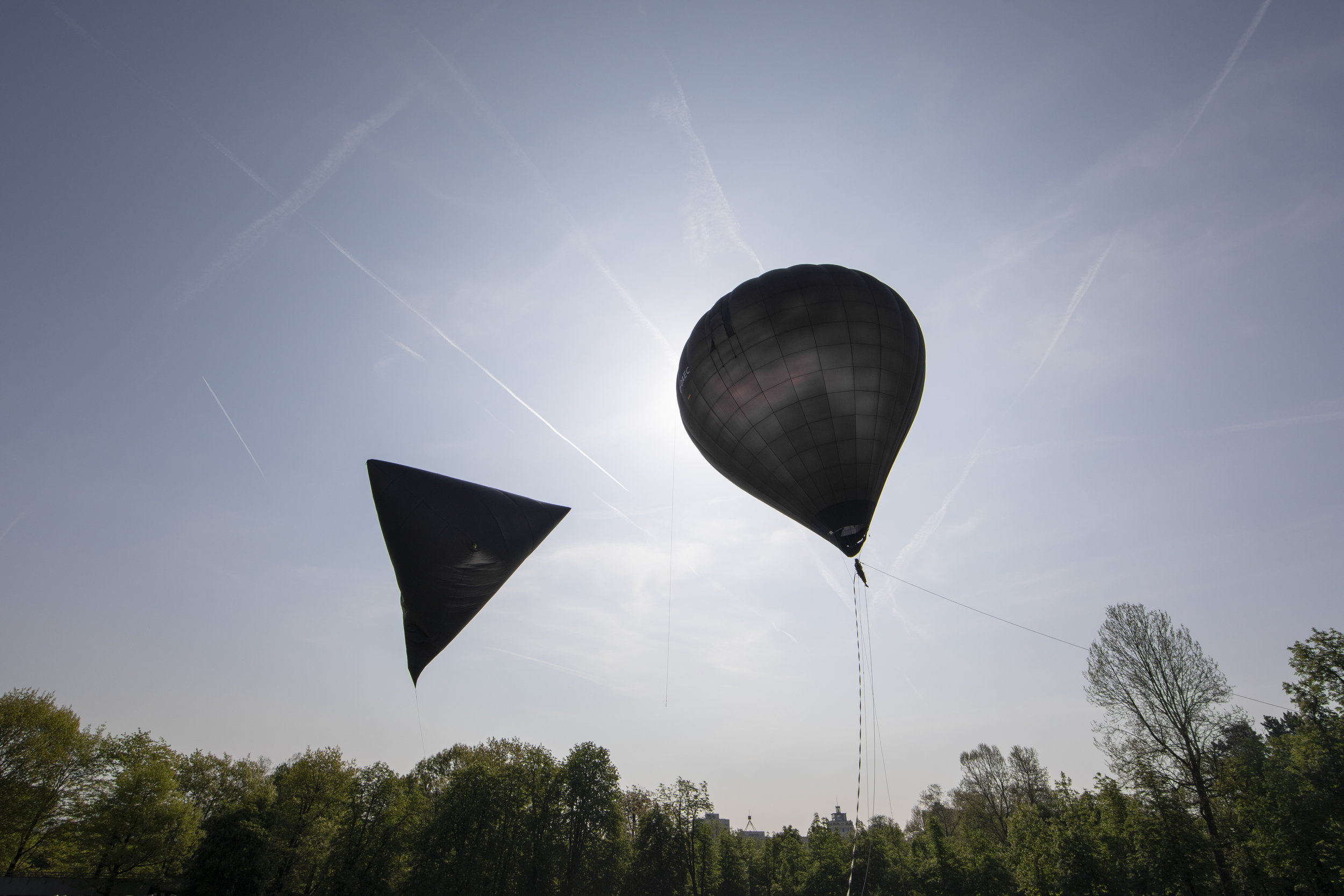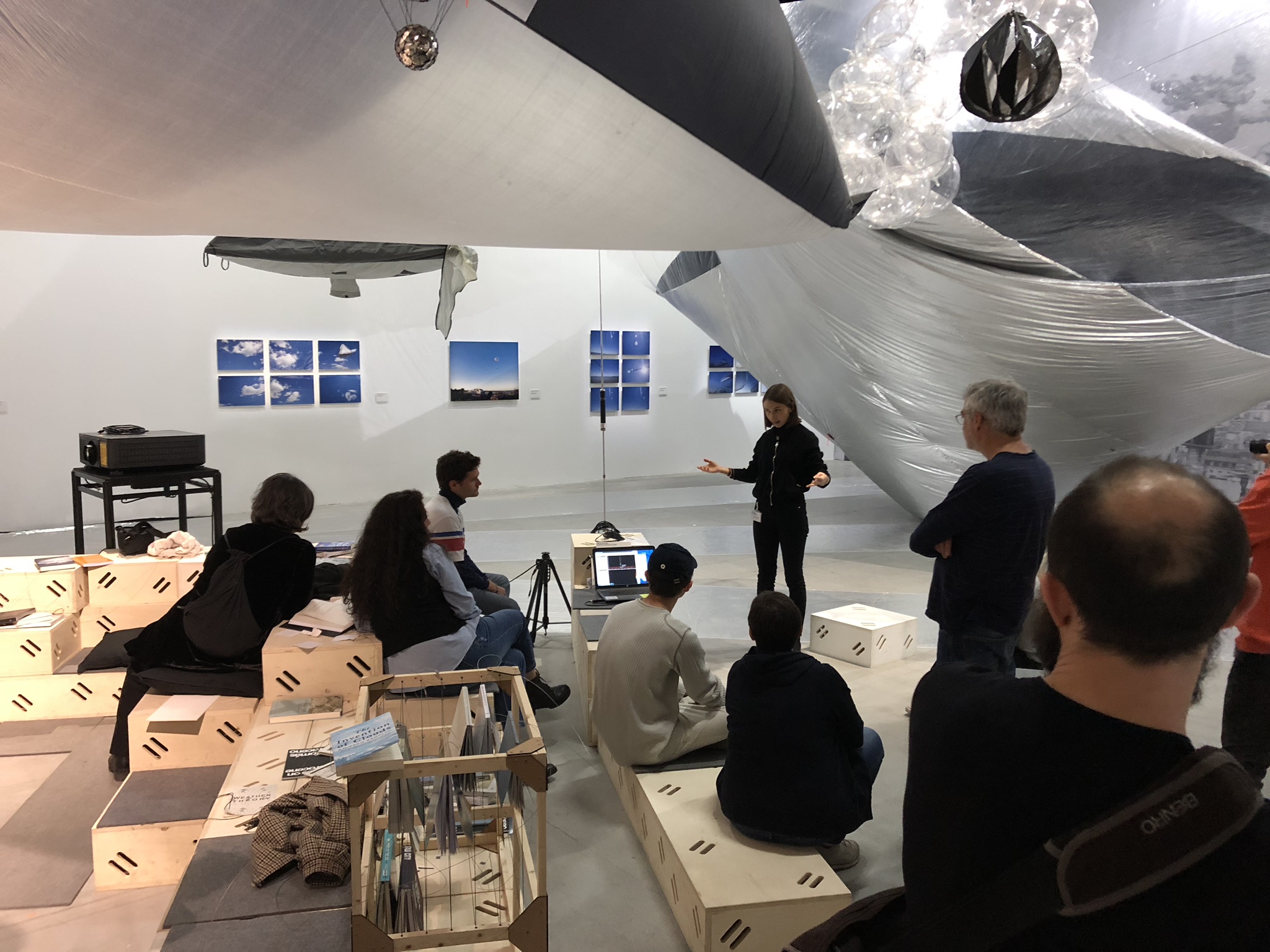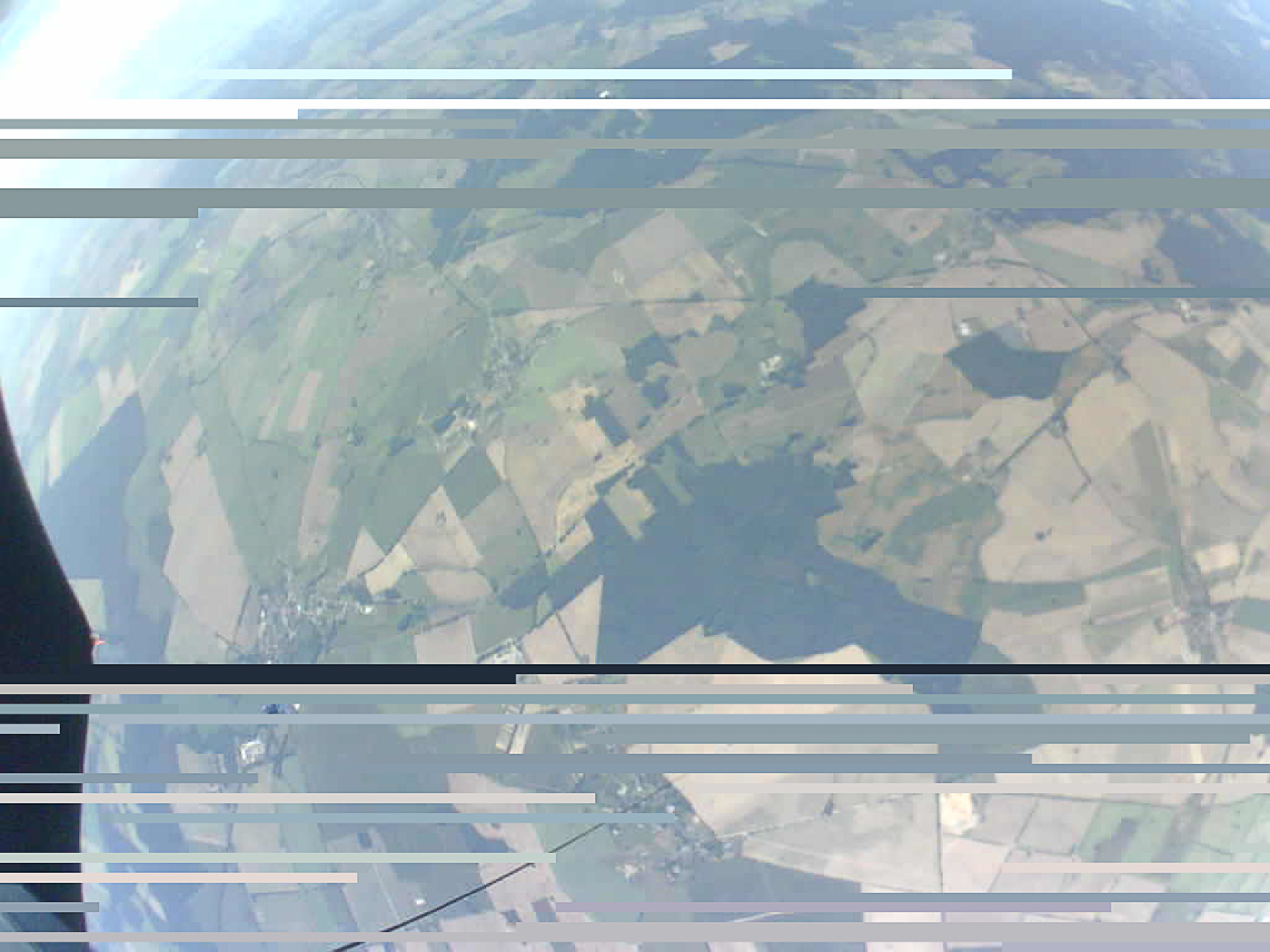Join Aerocene!
On 20th October at 10:30 am, Aerocene Community will reunite in São Paulo for a collective action supporting climate change awa(i)reness towards a movement for free from fossil-fuel futures.
If the weather allows it – a sunny day and no winds – we will be ON AIR completely free of carbon emissions in front of
MASP, Av. Paulista, 1578 – Bela Vista, São Paulo – SP, 01310-200.
++++ Please scroll down for English version ++++
Junte-se ao Aerocene! No dia 20 de outubro, às 10h, a Comunidade Aerocene se reunirá em São Paulo para uma ação coletiva em apoio a um movimento por um futuro sem combustíveis fósseis.
Se o tempo permitir – um dia ensolarado e sem vento – estaremos no AR sem emissões de dióxido de carbono no vão livre do MASP, Av. Paulista, 1578 – Bela Vista, São Paulo – SP, 01310-200.
São Paulo é uma cidade de recordes. Sendo a maior cidade do hemisfério sul e ocidental, sua geografia mudou tão rapidamente no século passado que por muito tempo foi impossível mapear sua extensão. Hoje a imigração tem taxas menores de crescimento do que no passado e o tecido urbano está se consolidando, o Google Street View explorou a maioria dos cantos da cidade, mesmo em áreas que a classe média considera muito arriscadas para uma caminhada.
Todas as manifestações de um novo regime climático estão presentes aqui: o movimento pelo direito à moradia está crescendo; os processos de integração esbarram contra um quadro colonial muito presente e as políticas de bem-estar estão longe de ser um padrão. Não é de estranhar que o congestionamento urbano tenha produzido uma zona extremamente poluída, entre os vários índices alarmantes a mencionar está o das partículas em suspensão da poluição atmosférica, que se situa, em média, entre 20 e 25 microgramas por metro cúbico – mais do dobro do considerado seguro pela Organização Mundial de Saúde. Em todo o estado de São Paulo, a poluição do ar tem sido citada como responsável pela morte de cerca de 100 mil pessoas entre 2006 e 2011 por doenças respiratórias. No entanto, morar em São Paulo pode ser uma experiência agradável para quem consegue compensar o estresse da megalópole acessando as inúmeras estruturas – por uma preço – ou se permitindo uma melhor qualidade do ar através das experiências filtradas de construção equipada e carros refrigerados.
Independentemente da origem social, viver em São Paulo significa confrontar-se com as consequências de um modelo de crescimento que requer uma enorme quantidade de recursos para manter um regime hiperconsumista. Quando essa voracidade encontra os piores programas políticos, alimenta uma extração irresponsável de recursos, um consumo selvagem e criminoso que consome em ritmo insensato um dos tesouros mais preciosos do Brasil — uma área natural impressionante que abriga comunidades indígenas que lutam para proteger a biodiversidade contra lucros privados e corporativos.
Queremos decolar em São Paulo para ampliar nossos horizontes e ver o patrimônio natural acima da periferia urbana, pois o Brasil abriga 70% das espécies animais e vegetais listadas no mundo e é o país com o maior número de povos indígenas isolados. Aerocene vai flutuar no ar da cidade poluída para discutir um novo regime econômico que se opõe ao desmatamento amazônico e celebrar o grande esforço que as comunidades indígenas estão fazendo para proteger o ecossistema para todos nós.
Se você quer se tornar um aeronaut conosco, por favor, mantenha-se atualizado sobre as ações do aero solar – confira nossos canais de mídia social.
Sigue a ação coletiva em São Paulo em
WHATSAPP:
https://chat.whatsapp.com/IotVtgH6BiuCCgoatgjgB0
TELEGRAM:
https://t.me/joinchat/NuAp5BIFpTOgxKmH2w_ioQ
FACEBOOK EVENT.
https://www.facebook.com/events/1020037395011943/?active_tab=about
Em direcção a outros futuros possíveis, vamos nos livrar dos combustíveis fósseis – junte-se ao Aerocene!
++++ English version ++++
Join Aerocene! On 20th October at 10:00 am, Aerocene Community will reunite in São Paulo for a collective action supporting climate change awa(i)reness towards a movement for free from fossil fuel futures.
If the weather allows it – a sunny day and no winds – we will be ON AIR completely free of carbon emissions in front of MASP, Av. Paulista, 1578 – Bela Vista, São Paulo – SP, 01310-200.
São Paulo is a city of records. Being the biggest city in the Southern and in the Western Hemisphere, its geography has been changing so quickly in the past century that for long has been impossible to maps its extensions. Nowadays the immigration is not racing anymore and the urban fabric is consolidating, Google Street View explored most of the corner of the city, even in areas that the middle class would mark too risky for a night walk.
All the amplitudes of the new climate regime is a real struggle here: the movement demanding housing for humans is rising (a fight for a very basic human right); integration seems to crash everyday against a still heavy colonial framework and welfare politics are far from being a standard. Not surprisingly the urban congestion causes an extremely polluted area, among various alarming indexes worth to mention is the air pollution particulates averaging 20 to 25 micrograms per cubic meter — over twice what is deemed safe by the World Health Organization. Across the entire state of São Paulo, air pollution has been cited as responsible for the death of nearly 100,000 people from 2006 to 2011 from respiratory illnesses. Living in São Paulo is a more pleasant experience to anybody that can compensate the stress of living in the megalopolis accessing the countless – paid – facilities, or granting himself a better air quality through filtered experiences in decent building and refreshed cars.
Living in São Paulo means confronting – regardless the social extraction – with the consequences of a growth model that demands a massive amount of resources to maintain itself in obligation to consumeristic pledges. When hunger reaches the worst political agenda it fuels an irresponsible extraction of resources, a savage and brainless overconsumption that chew one of the most precious treasure of Brasil, an impressive area of natural area which is home of indigenous communities that are fighting to protect the natural biodiversity of their habitat against corporative and private profits.
We want to take off in São Paulo to broaden our horizons and see above the urban outskirts the natural heritages as Brazil is home to 70% of the world’s catalogued animal and plant species, and the country with the largest number of uncontacted indigenous peoples in the World. Aerocene will be floating in the heavily polluted city’s air to discuss a new economic regime that stands against the Amazon deforestation and celebrate the great effort that the indigenous communities are doing to protect the ecosystem for all of us.
If you want to become an Aeronaut with us, please keep yourself updated with aerosolar actions – check our social media channels and:
Follow the São Paulo collective action on
WHATSAPP:
https://chat.whatsapp.com/IotVtgH6BiuCCgoatgjgB0
TELEGRAM:
https://t.me/joinchat/NuAp5BIFpTOgxKmH2w_ioQ
FB EVENT:
https://www.facebook.com/events/1020037395011943/?active_tab=about
Towards other possible futures, we move free from fossil fuels – Aerocene unite!
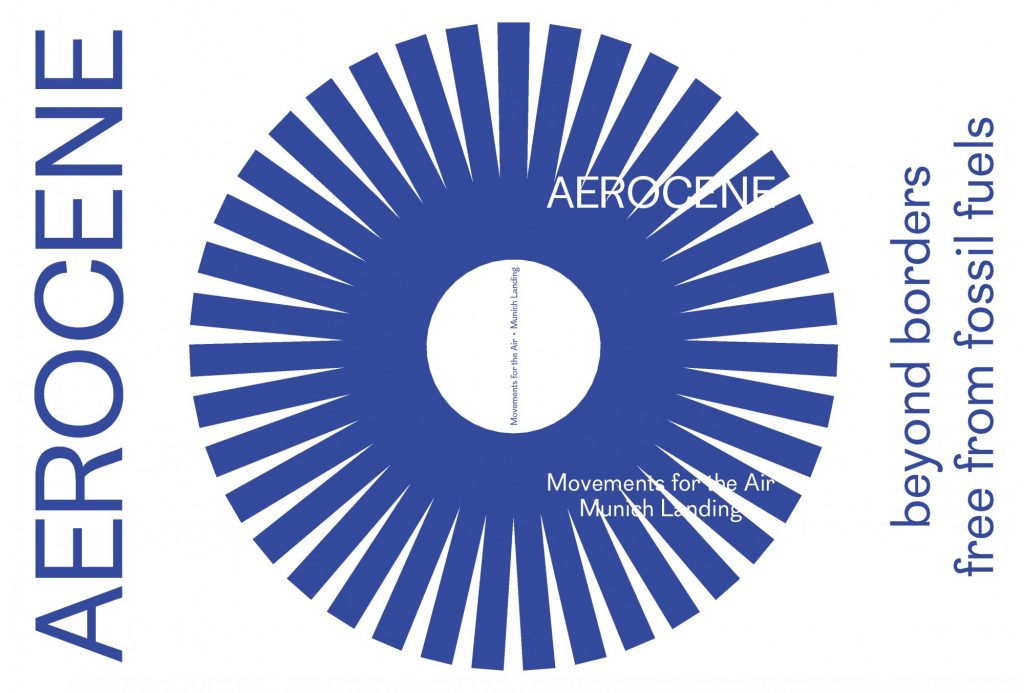
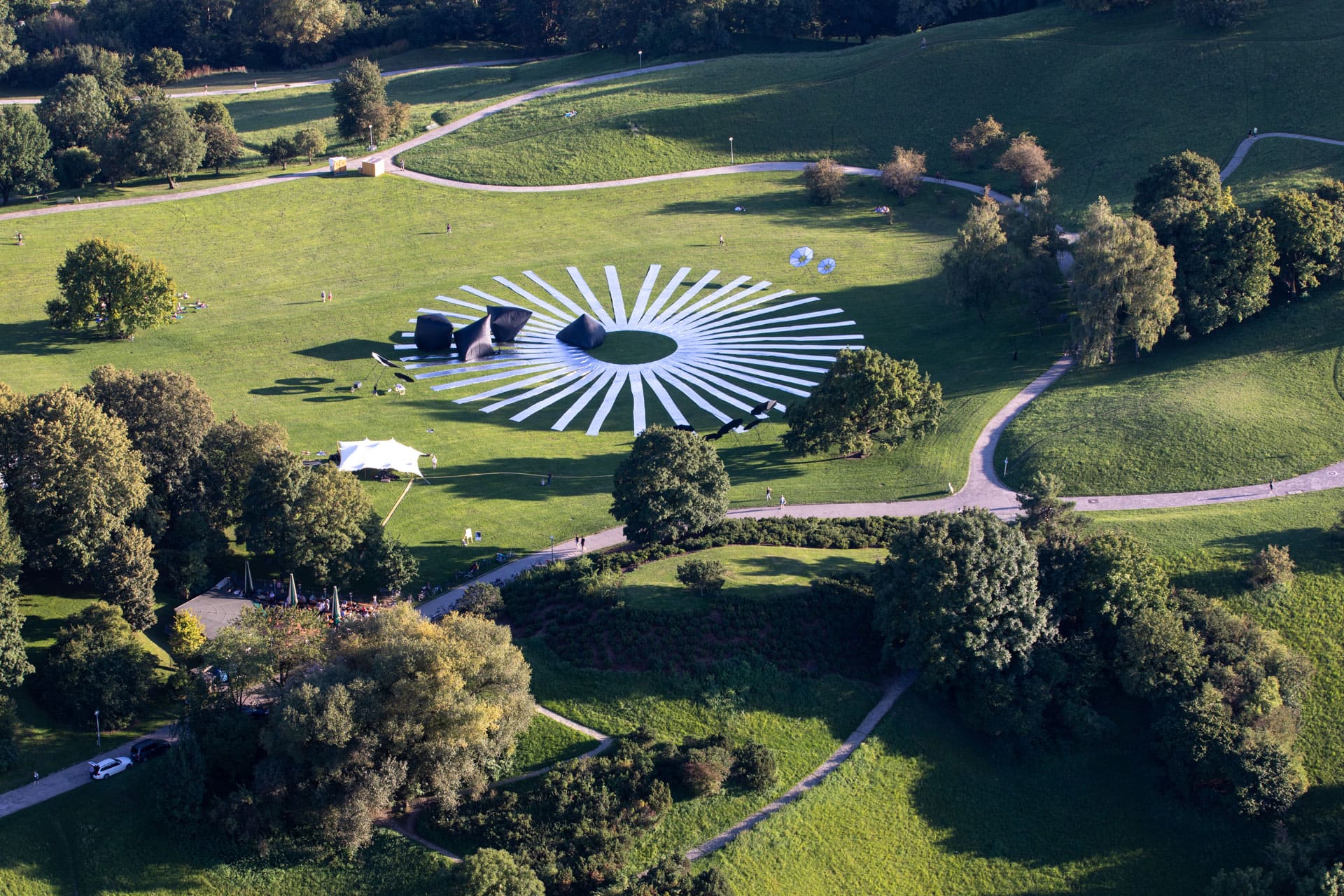
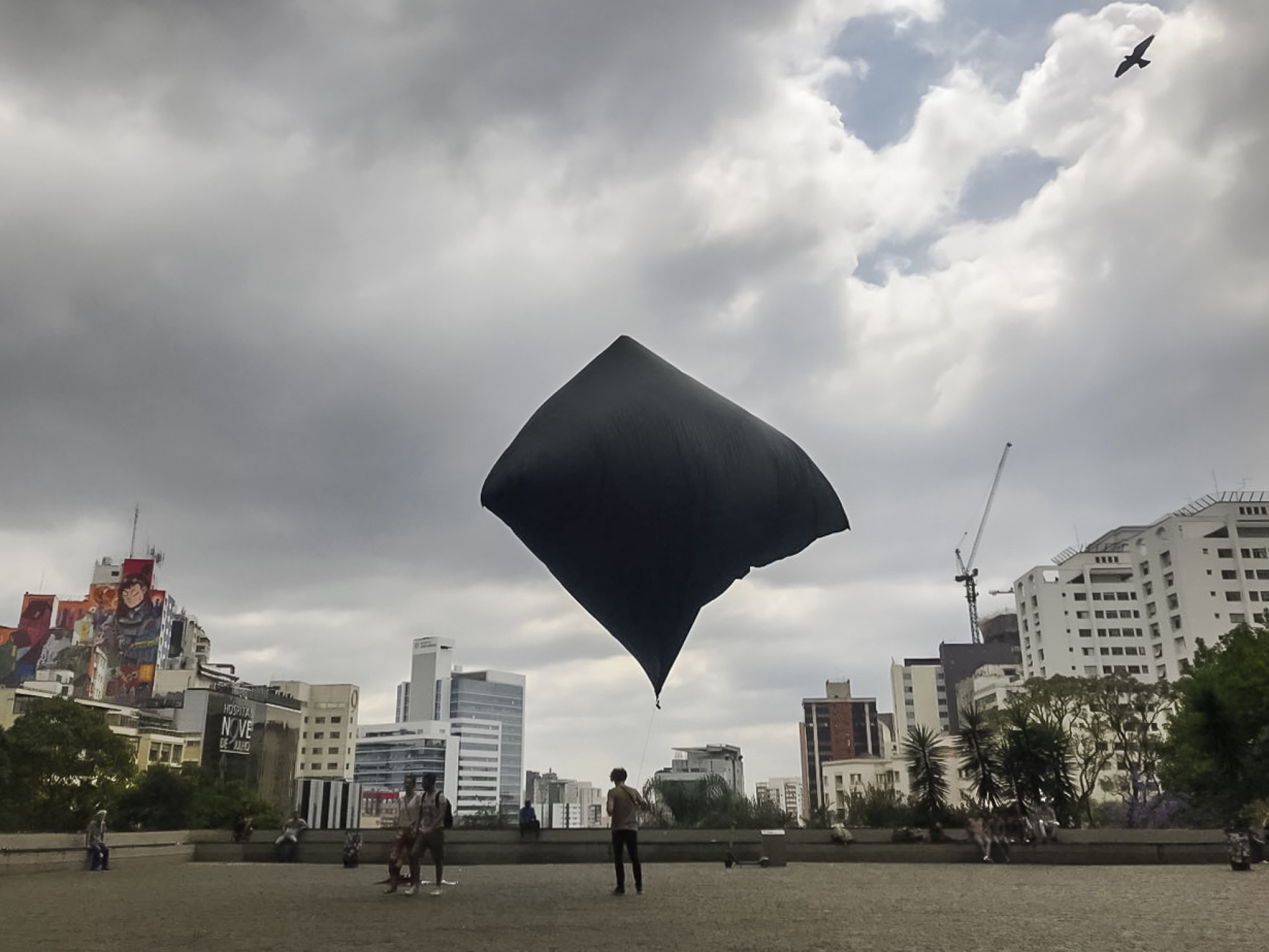

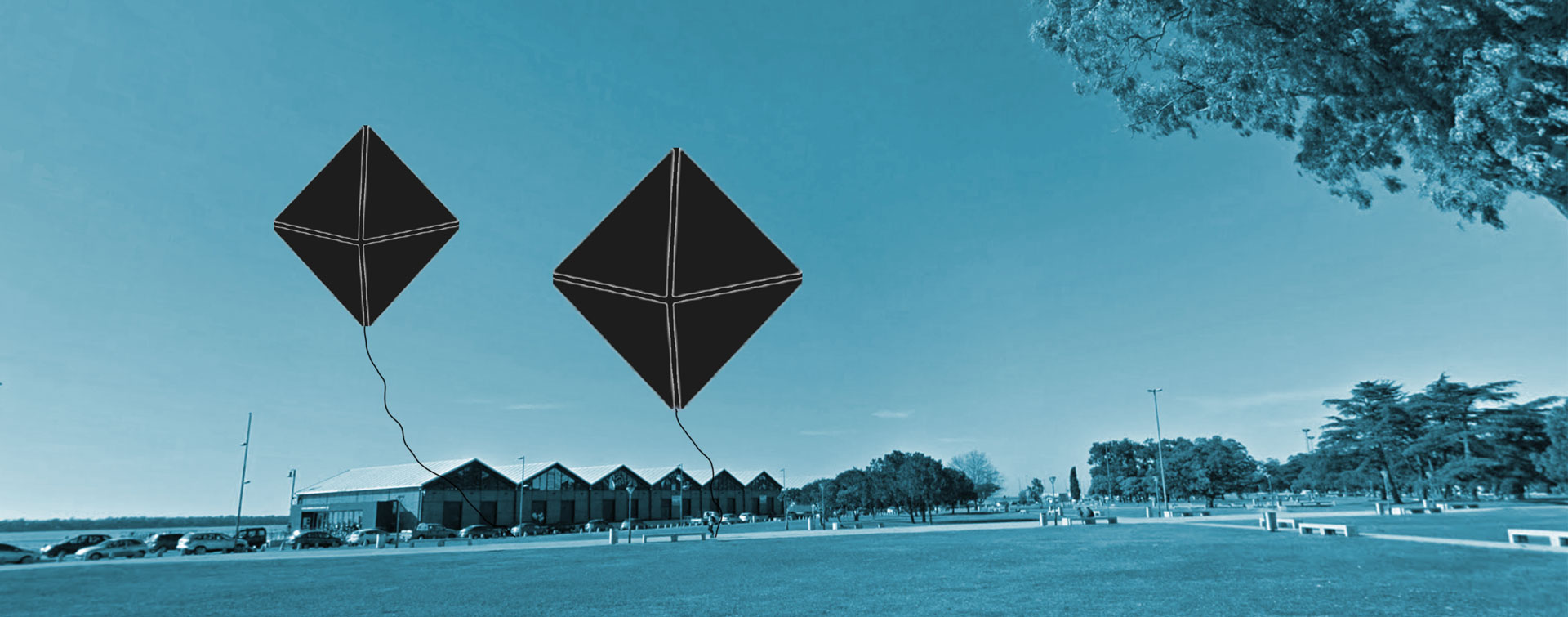

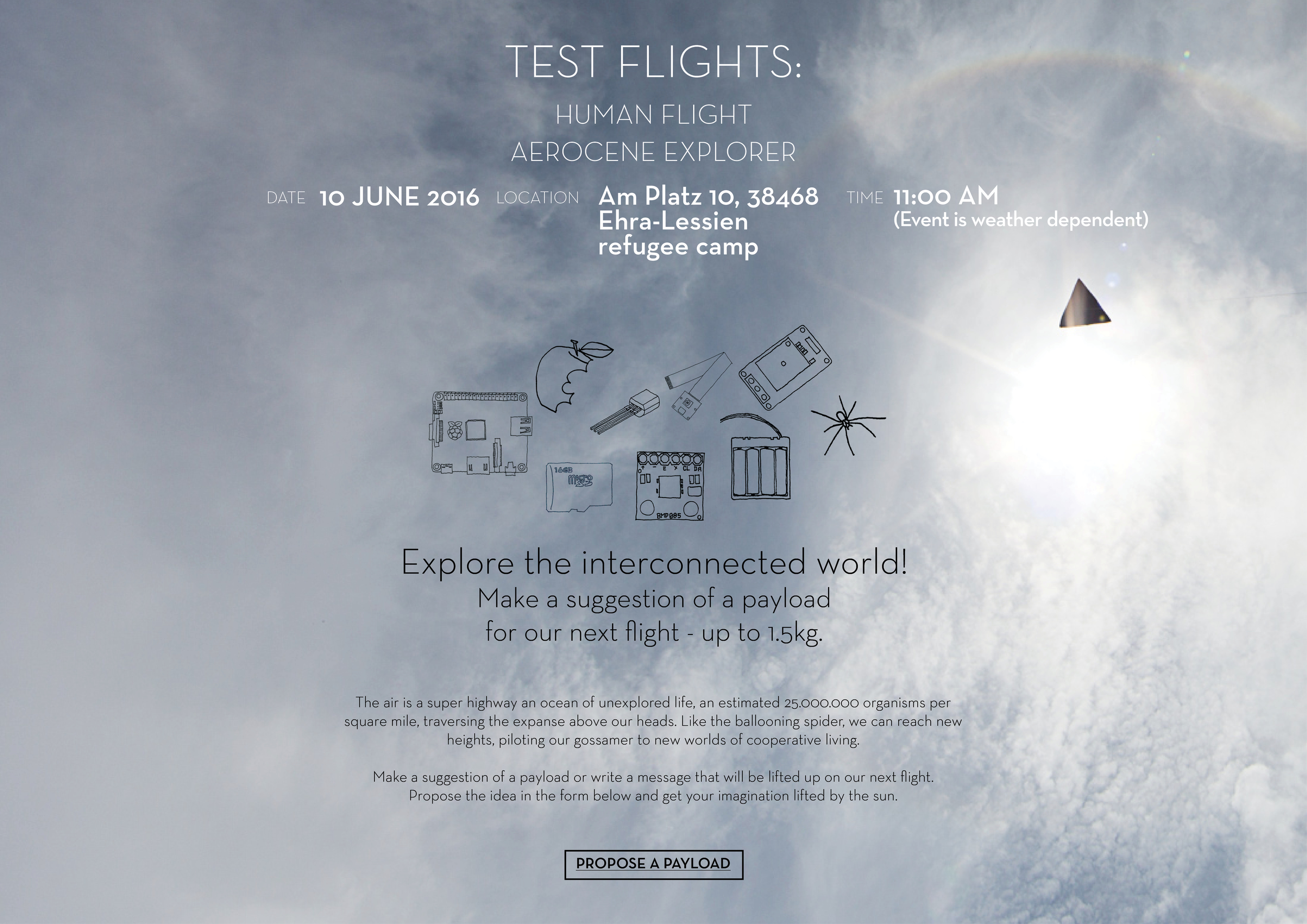 Dear Pilots,
Dear Pilots,